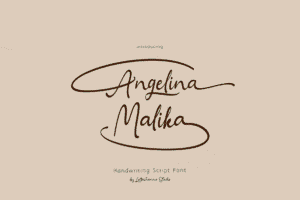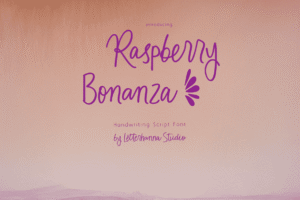🎯 Why Spacing Matters
You can choose the most gorgeous typeface on Earth, but if your spacing is off, it’s going to look like a ransom note. Spacing controls how letters relate to each other, and how readable (or chaotic) your text feels. Typography isn’t just what you say—it’s how the eye travels across the page.
Let’s meet the trio responsible for this visual harmony…
🧠 1. Kerning – “Personal space between two letters”
Definition: Kerning adjusts the space between individual pairs of letters. It’s super granular. Think of it as the Tinder of typography—some letter pairs just don’t vibe unless you give them the right space.
Common culprits:
-
A + V
-
T + o
-
W + a
Without kerning, “WAVY” could look like “W A V Y” or worse—”WAAAVY.”
When to use it:
-
Headlines and logos
-
Anywhere big type is the focus
Fun fact: Professional type designers often hand-kern hundreds of pairs in a single typeface. Why? Because “LA” should never look like “L A.”
🔡 2. Tracking – “Space between all letters in a word or block”
Definition: Tracking (also called letter-spacing) is like kerning’s cousin, but broader. It adjusts spacing across a range of text, evenly.
Use tracking to:
-
Create airy, modern feels by adding space
-
Tighten text when space is limited
-
Adjust overall readability, especially in uppercase headlines
Example:
-
T R A C K I N G → loose, stylish, airy
-
T R A C K I N G → tight and intense
Use tracking like seasoning: a little goes a long way.
📏 3. Leading – “Vertical space between lines of text”
Definition: Named after the strips of lead used to separate lines of metal type back in the day, leading (pronounced “ledding”) controls the vertical distance between baselines.
Why it matters:
-
Too tight = cramped and hard to read
-
Too loose = disjointed, like a bad poem
-
Just right = smooth eye movement down the page
Tips:
-
Default leading is usually 120% of the font size
-
For body text (12pt), aim for 14pt–16pt leading
-
For headlines, tighter leading often works better
✨ Putting It All Together
Let’s say you design a poster with a bold headline and body copy:
-
You kern the letters in the title “ART” so it looks perfectly balanced.
-
You adjust the tracking of the subhead to make it feel more open and modern.
-
You set your leading for the body text so it flows like a great conversation—not rushed, not sluggish.
Congratulations, you’re now spacing like a pro.
🔎 Typographic Test Drive
Try it out with real tools:
-
Use Figma, Adobe Illustrator, or even Canva.
-
Write a short quote (like “Design is intelligence made visible”).
-
Adjust:
-
Kerning on one tricky letter pair
-
Tracking across the whole quote
-
Leading if it’s multiline
-
-
Export two versions: one before adjustments, one after.
Compare. One will feel like a newspaper clipping from 1998. The other will look polished and intentional.
🧠 Unique Fact of the Day
The word “kerning” comes from the French word “carne”, meaning “projecting angle”—a nod to how metal type blocks physically stuck out to adjust spacing. Basically, typographers were playing Tetris centuries before it was cool.








